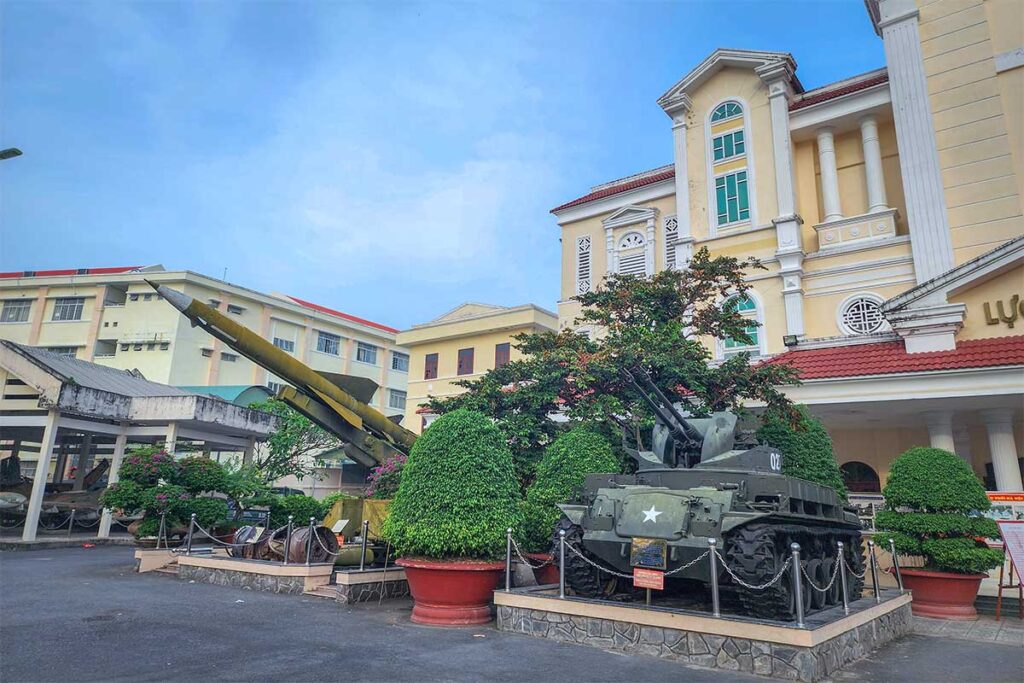What is Military Zone 9 Museum about?
The Military Zone 9 Museum is a mid-sized war museum in Can Tho, opened in 1979 to document the Mekong Delta’s role in Vietnam’s 20th-century conflicts. The focus is on how local armed forces and civilians resisted first the French and later the Americans, with thousands of photos, letters, weapons, and everyday objects collected from that time.
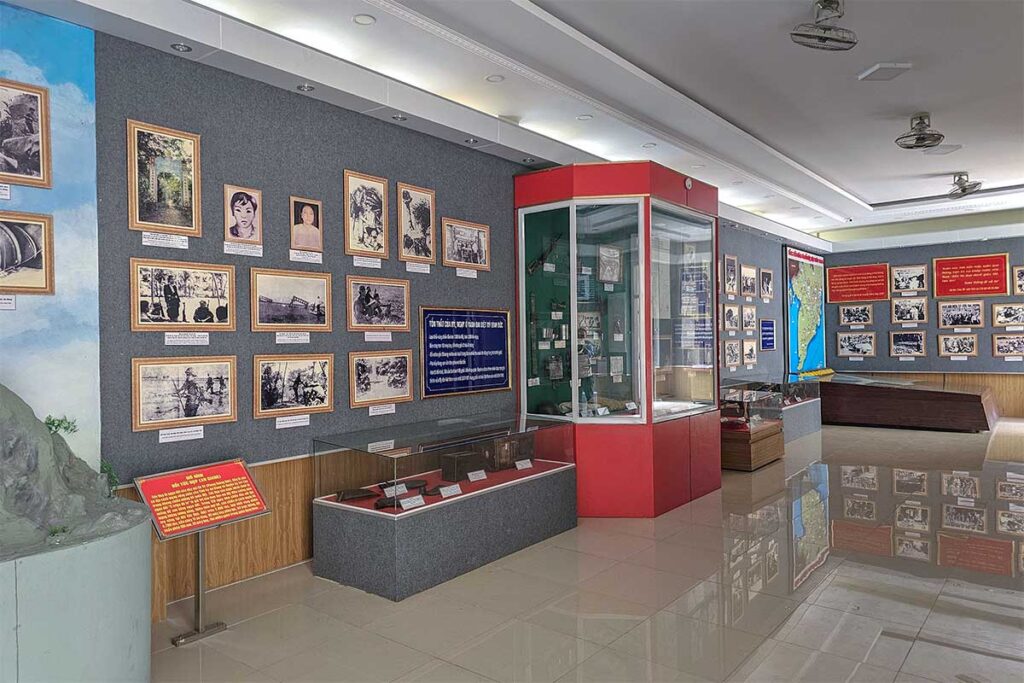
A couple of side galleries are dedicated to President Ho Chi Minh and President Ton Duc Thang, which makes the museum feel more like a mix of military history and political tribute. Don’t expect the same scale or curation as the War Remnants Museum in Ho Chi Minh City or the Military History Museum in Hanoi, but if you’re already in Can Tho, it gives a more local perspective on the wars that shaped Vietnam.
Practical visiting information & Tips
Location & How to get there
The museum is located at 6 Hoa Binh Avenue, Ninh Kieu District, right in central Can Tho. If you’re staying near Ninh Kieu Wharf, it’s an easy walk; otherwise, a short Grab ride or taxi will drop you at the entrance without hassle.
Opening hours & Entrance fee
- Monday – Friday
- Morning: 07:30 – 11:00
- Afternoon: 13:30 – 16:30
- Saturday & Sunday: Closed
Entrance fee: Free
Facilities & Rules
The building is relatively modern and wheelchair accessible, with elevators between floors. Like most museums, food, drinks, and smoking aren’t allowed inside. Photography is permitted, but turn off your flash. Information panels are mostly in Vietnamese, with some English captions—so using a translation app helps. Guided tours aren’t consistently available, but you can always ask at the reception desk if you’re curious.
What to combine nearby
Because of its central location, it’s easy to fit the museum into a city walk. Within a short radius you’ll find:
- Can Tho Museum – broader local history, culture, and ethnography.
- Muniransay Khmer Pagoda – colorful Theravada Buddhist temple.
- Ong Pagoda – Chinese temple with incense-filled halls.
- Ninh Kieu Wharf – the city’s riverside promenade, good for an evening stroll or boat ride.
- Can Tho Market – a lively spot for local produce and street food.
Highlights of Military Zone 9 Museum
1. Ceremonial Hall
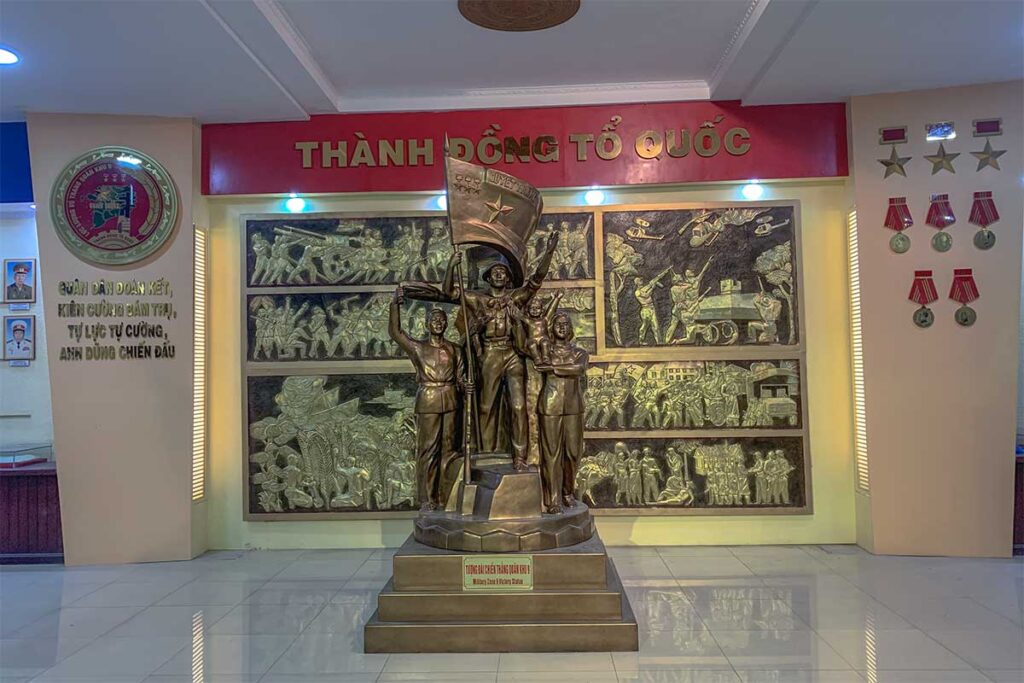
The first section most visitors walk through is the ceremonial hall. It’s lined with portraits of commanders, decorated war heroes, and Heroic Vietnamese Mothers, women recognized for their sacrifice during the wars. Alongside the official displays, there are personal keepsakes—small items that belonged to soldiers and families—that give a more human angle to the otherwise military-heavy museum.
2. Armed Forces of the Mekong Delta Gallery
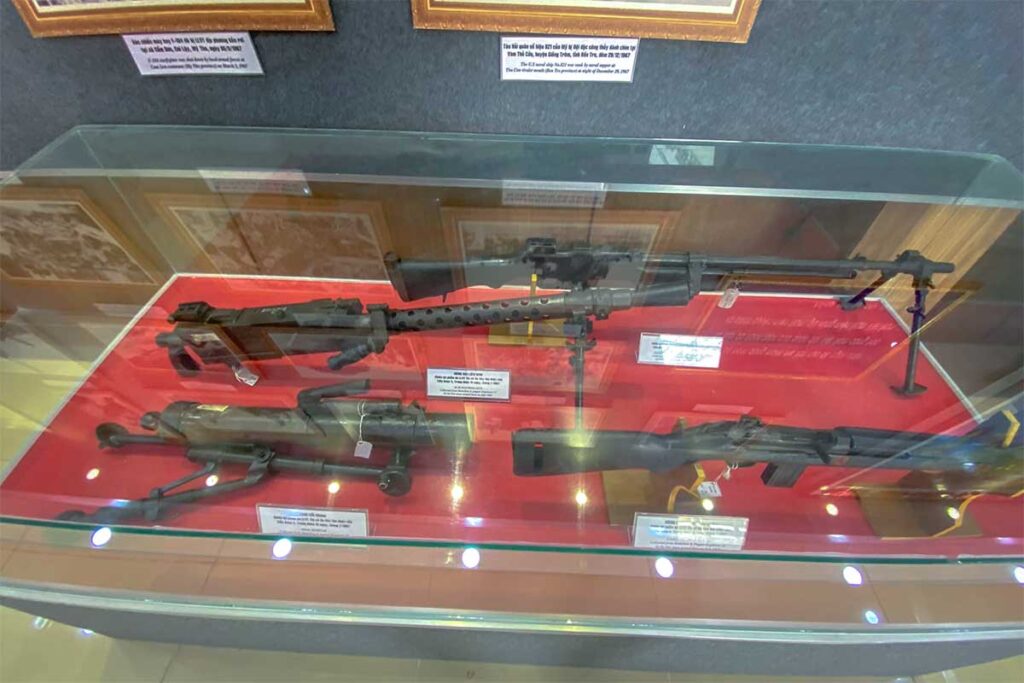
This is the core of the museum, covering the years 1945 to 1975. It walks you through the anti-French and anti-American wars, with a focus on how people in the Delta adapted with guerilla tactics and improvised equipment.
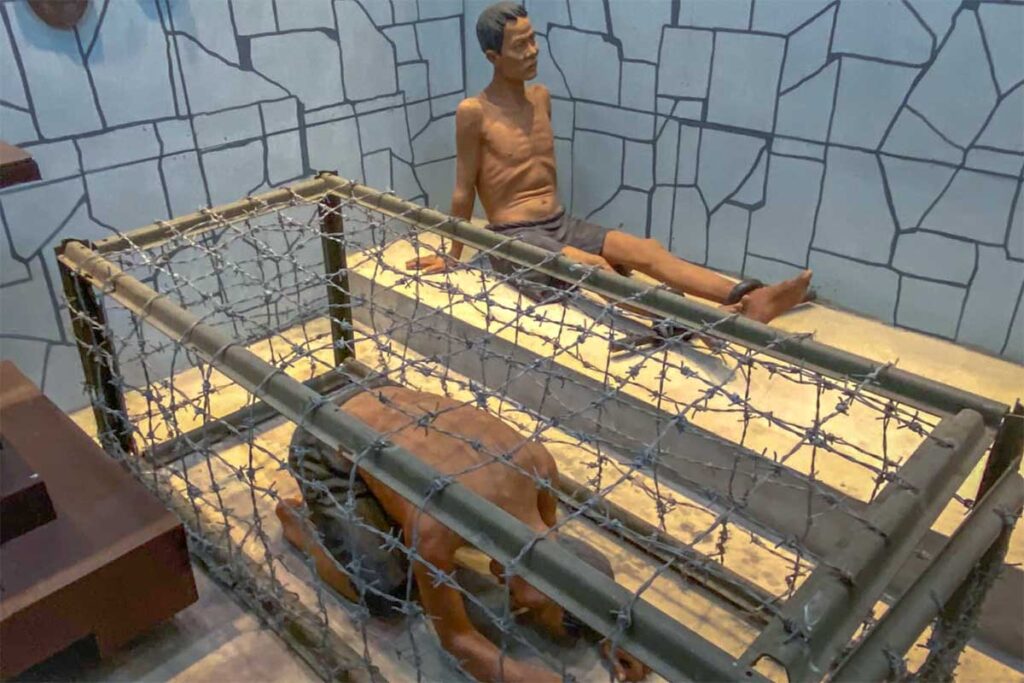
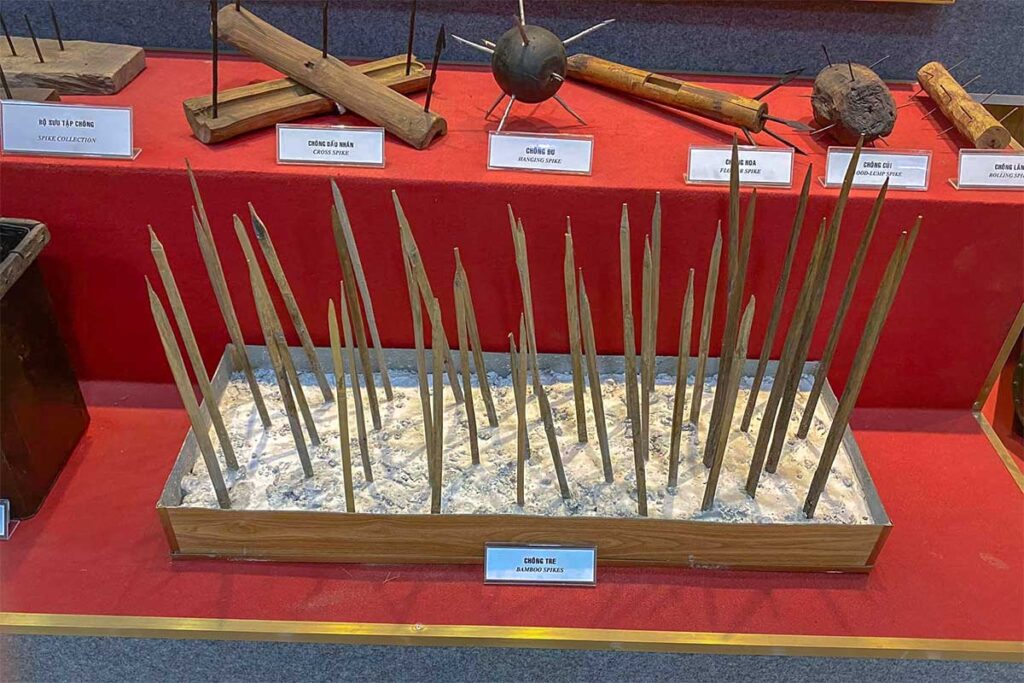
Exhibits range from makeshift bamboo weapons and uniforms to photographs, letters, and diaries from the frontlines. These details bring out the everyday struggles and resilience of the local population.
3. Outdoor Exhibits
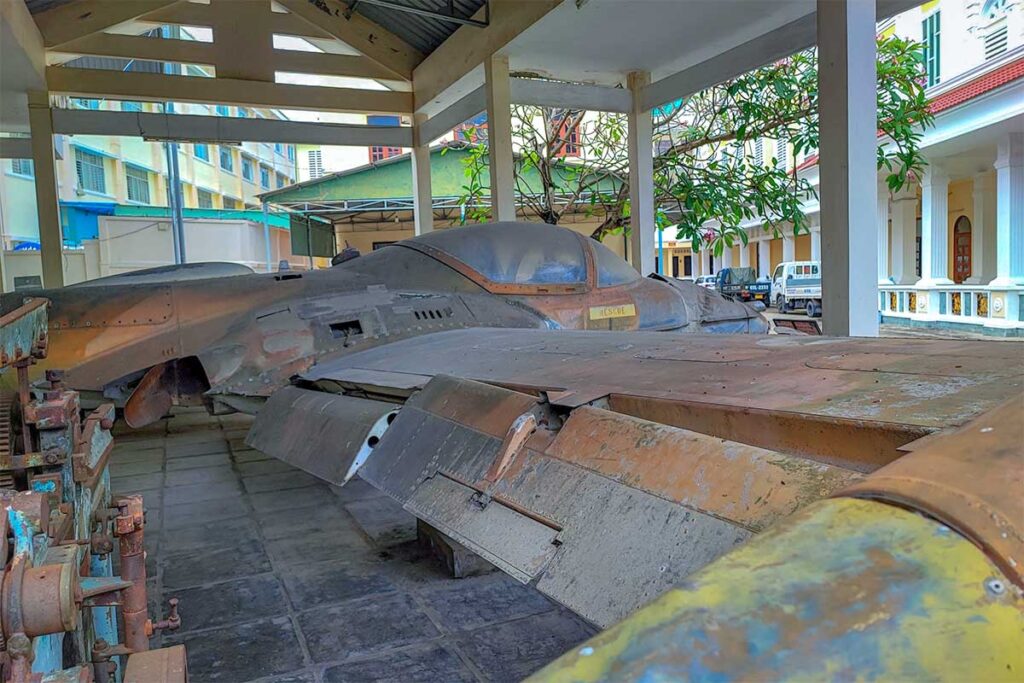
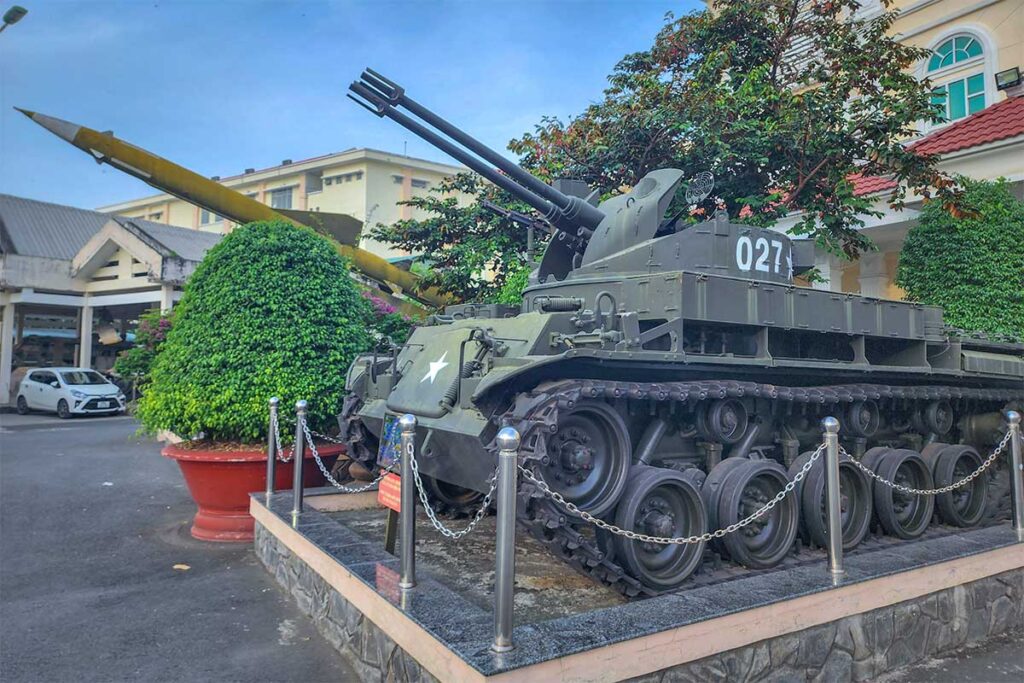
Outside the main building is a small display of tanks, artillery, boats, and the remains of helicopters. While not a large collection compared to Hanoi or Ho Chi Minh City, it’s a good stop for photos and gives you a sense of the scale of the equipment used in the region.
4. Ho Chi Minh Museum (Mekong Delta Branch)
One wing of the complex is a branch of the Ho Chi Minh Museum, focusing on his life, career, and symbolic connection with the Mekong Delta. Displays also include the campaign “Learning and Following Ho Chi Minh’s Moral Example,” which ties his legacy to values promoted in modern Vietnam.
5. Ton Duc Thang Gallery
Another section is dedicated to Ton Duc Thang, the post-war president who became a symbol of unity after 1975. The gallery contains photographs, documents, and items from his life, highlighting his role in bridging North and South Vietnam during reunification.
6. Special Documents & Letters
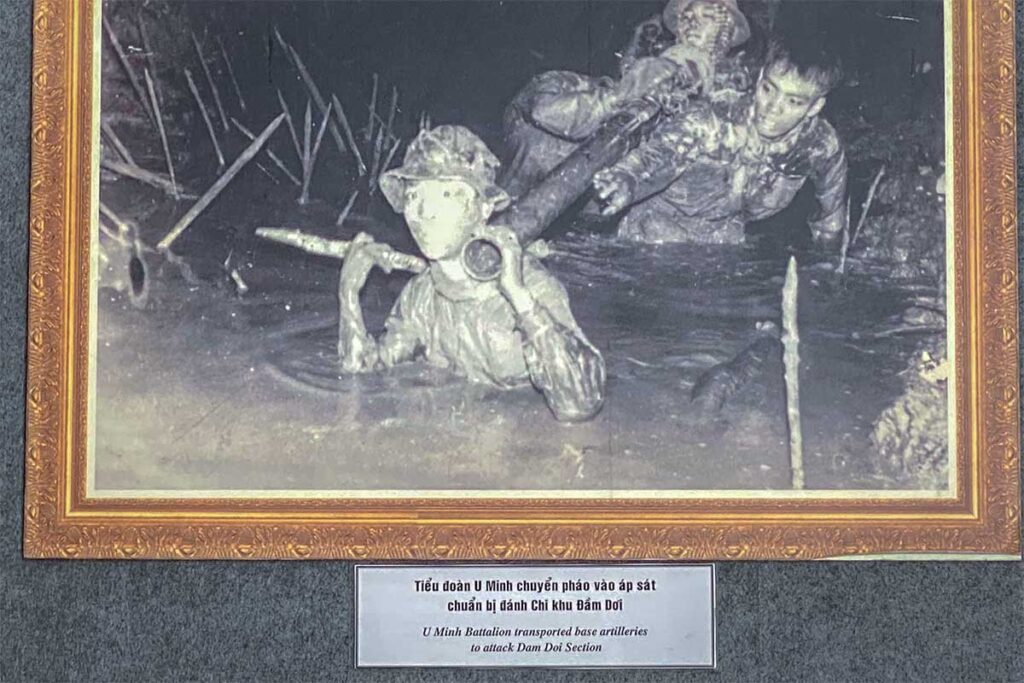
Scattered throughout the museum are personal letters and soldier diaries, including final messages written before battle. These are often overlooked but provide some of the most powerful insights into the emotional cost of war. Even without perfect translations, the rawness of the handwriting and the context behind them make these exhibits stand out.
Is Military Zone 9 Museum worth visiting?
The Military Zone 9 Museum is not an essential stop in Can Tho, but it does have its value. If you’re particularly interested in Vietnam’s war history, it’s a worthwhile place to spend an hour or two, especially since the exhibits focus on how the Mekong Delta region experienced the conflicts—a perspective that isn’t covered as much in the larger museums.
Its biggest advantages are that it’s free to enter and located right in the city center, so you can easily combine it with nearby sights like Ong Pagoda or Ninh Kieu Wharf. On the other hand, if your main goal in Can Tho is exploring the rural Mekong Delta scenery, you won’t miss much by skipping it. For broader context and larger collections, the War Remnants Museum in Ho Chi Minh City and the Vietnam Military History Museum in Hanoi give a more comprehensive overview.
